Japanese Rose Removal & Control

The overview
Common Name: Japanese Rose
Latin name: Rosa rugosa
In Detail
- This species is native to East Asia and has been grown in the UK since around the mid-19th Century, often planted in parks and gardens.
- The species were first recorded in the wild in 1917. It has the ability to spread via seeds which are distributed by birds and mammals. The plant suckers readily forming dense thickets.
- The plant is especially common on coastal sites where it can dominate areas
Who we help
We have a long track record of managing some of the most complex sites in the country and have worked with the Environment Agency on several large flood alleviation projects, as well as providing advice to the majority of house builders and developers in the UK.
Click here to view who we help

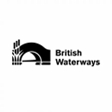





Identification
- Japanese rose is a woody perennial shrub, it suckers readily producing new shoots from the roots.
- Upright stems are covered in numerous straight thorns
- Flowers are large, usually solitary and vivid purplish pink (but can vary from white to red) in colour, measuring 6-9cm across.
- Fruits (hips) are present from late autumn, they are 2-3cm in diameter and are rounder than our native species of rose
- The leaves are 8-15cm long and have a distinctive corrugated appearance
What’s the problem?
- Japanese rose is a non-native species which can quickly out compete native plants by forming dense thickets. The distribution of this species in the wild is increasing.
- There are legal implications if you allow the spread of this species onto neighbouring land and into the wild
- The plant is spread by seeds which are distributed by birds and mammals
What are the Legal Implications? *England
- Listed as a Schedule 9 species under the Wildlife and Countryside Act 1981
- It is an offence to allow Japanese rose to spread onto adjacent land and into the wild
- Possible fines and prison sentence under the Wildlife and Countryside Act 1981
- It is not an offence to have Japanese rose on your land and you do not need to notify anyone of its presence
Soils containing Japanese rose are classified as controlled waste and should be disposed of at licensed landfill
Control Methods
Mechanical Control
- Cutting Japanese rose several times a year over a number of years can reduce infestations
- Plants and root system can be excavated however it is important that all the root system is removed. Excavated material must be disposed of at licensed landfill
Chemical Control
- Herbicide application can effectively control infestations
When treating large areas, a suitable grass and forb mix should be sown to prevent bare ground and colonisation of other unwanted species.
If you have concerns over Japanese Rose on your land, if you are unsure of your legal responsibilities, or, if you would like a quotation for control, please contact one of our specialist surveyors. Treatment costs start from £380.00 + VAT.
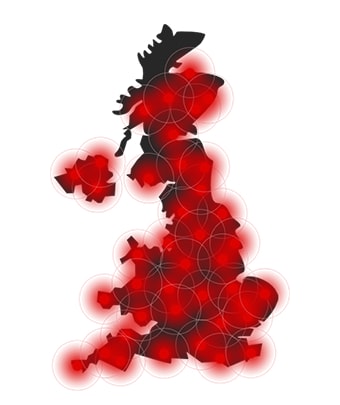
Where we have worked
We operate nationwide with a Rapid Response Team on standby 7 days a week, to deal with the most urgent client enquiries.
We’re a dedicated team of professionals who share a great deal of experience. We invest heavily in the continual training of all our employees, ensuring you always have a highly qualified team working on your project with the latest industry accreditations.
Our process

1. Identify
Our first step is to identify if you have an invasive plant. For a quick ID, you can send us some photos. Alternatively, we can carry out a full site survey to confirm the extent of the infestation.
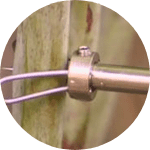
2. Solution
We will provide a range of treatment options individually tailored depending on your site requirements.
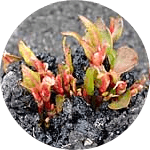
3. Quote
A detailed breakdown of costs for each phase of treatment will be provided, including on-going monitoring programmes with insurance backed guarantees.
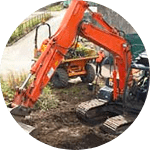
4. Removal
Our experienced and professional in-house teams will carry out the treatment to the highest of standards to achieve full eradication. All works are carried out in accordance with the INNSA Code of Practice.

5. Treatment
A range of treatment solutions are available, from in-situ herbicide application to excavation and removal or burial. All carried out in-house by our experienced team.

